The 2025 Toyota 4Runner: A Look At The Future Of Off-Road Capability
The 2025 Toyota 4Runner: A Look at the Future of Off-Road Capability
Related Articles: The 2025 Toyota 4Runner: A Look at the Future of Off-Road Capability
Introduction
With enthusiasm, let’s navigate through the intriguing topic related to The 2025 Toyota 4Runner: A Look at the Future of Off-Road Capability. Let’s weave interesting information and offer fresh perspectives to the readers.
Table of Content
The 2025 Toyota 4Runner: A Look at the Future of Off-Road Capability
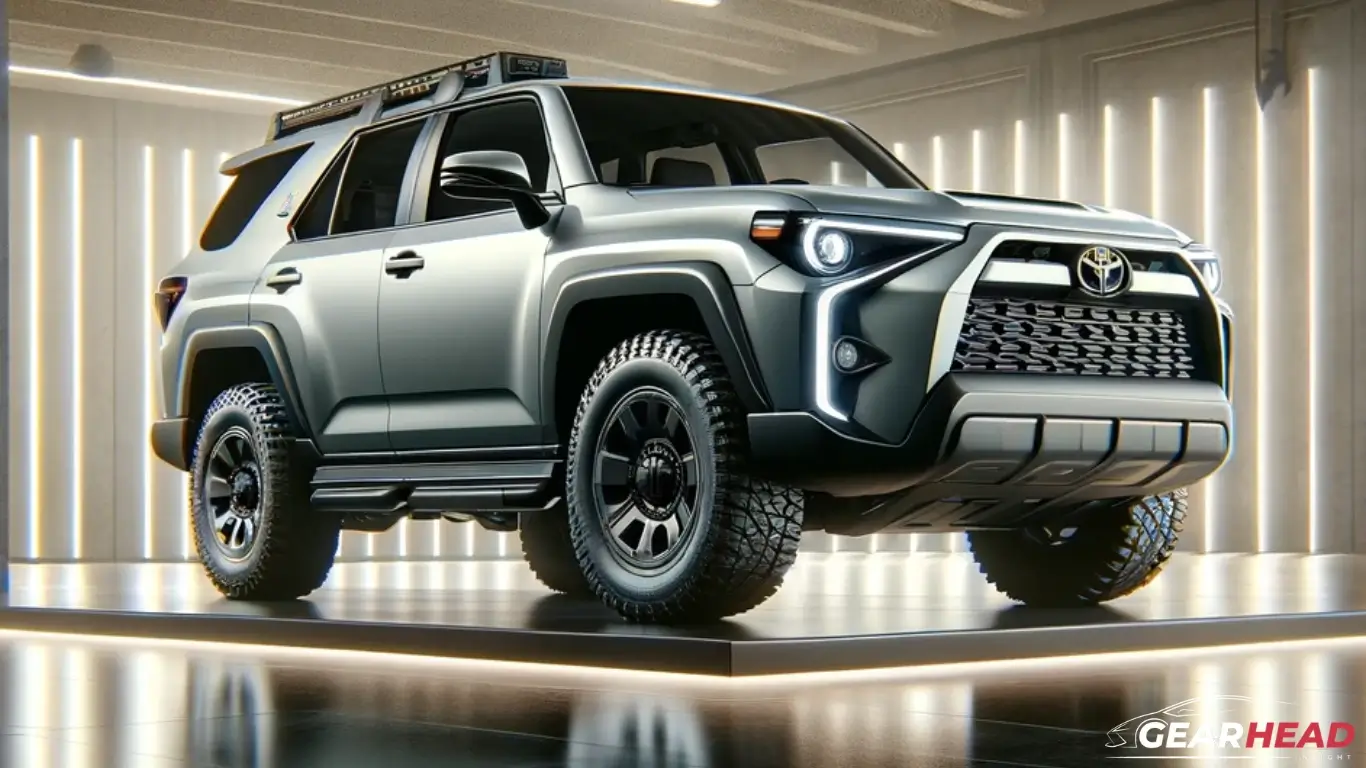
The Toyota 4Runner, a stalwart in the SUV segment, has long been celebrated for its rugged off-road capabilities. While speculation abounds about the 2025 model year, one potential feature that has captured the attention of enthusiasts is the possibility of a full-time four-wheel drive system. This change, if implemented, would mark a significant shift in the 4Runner’s DNA, potentially enhancing its off-road performance and appeal to a wider range of drivers.
The Evolution of the 4Runner’s Drivetrain
The 4Runner has historically offered a part-time four-wheel drive system, allowing drivers to engage four-wheel drive when needed for increased traction. This system, while effective, requires manual intervention and can be less efficient on paved roads. A full-time four-wheel drive system, in contrast, continuously distributes power to all four wheels, providing enhanced traction and stability in various conditions.
Benefits of a Full-Time Four-Wheel Drive System
A full-time four-wheel drive system in the 2025 4Runner could offer several advantages:
- Improved Traction: The constant power distribution to all wheels would enhance traction on slippery surfaces, such as snow, ice, and mud, making the 4Runner more capable in challenging off-road conditions.
- Enhanced Stability: The increased grip from all wheels would improve stability on uneven terrain and during cornering, enhancing driver confidence and control.
- Smoother On-Road Performance: While the 4Runner is known for its off-road prowess, a full-time system could improve its on-road handling and ride quality, making it more comfortable for daily driving.
- Increased Efficiency: Modern full-time systems often incorporate technology that disengages drive to the rear wheels when not needed, improving fuel efficiency on paved roads.
Speculation and Potential Challenges
While the possibility of a full-time four-wheel drive system in the 2025 4Runner is intriguing, it’s essential to acknowledge that it remains speculation at this point. Toyota has not officially confirmed any plans for such a change.
Furthermore, implementing a full-time system could present challenges:
- Increased Complexity: Full-time systems are generally more complex than part-time systems, potentially impacting reliability and maintenance costs.
- Compromised Fuel Economy: While advanced systems can improve fuel efficiency, the constant engagement of all wheels might lead to a slight decrease in fuel economy compared to part-time systems.
- Impact on Off-Road Performance: Some off-road enthusiasts argue that a full-time system could limit the 4Runner’s ability to tackle extreme off-road challenges due to the potential for increased tire wear and the lack of a low-range transfer case.
FAQs About a Full-Time Four-Wheel Drive System in the 2025 4Runner
Q: Will the 2025 4Runner have a full-time four-wheel drive system?
A: As of now, Toyota has not officially confirmed any plans for a full-time four-wheel drive system in the 2025 4Runner.
Q: What are the potential benefits of a full-time four-wheel drive system?
A: A full-time system could offer improved traction, enhanced stability, smoother on-road performance, and potentially increased fuel efficiency.
Q: What are the potential drawbacks of a full-time four-wheel drive system?
A: Potential drawbacks include increased complexity, potentially compromised fuel economy, and possible limitations in extreme off-road conditions.
Q: When will Toyota announce its plans for the 2025 4Runner?
A: Toyota typically reveals details about upcoming model years closer to their release date. It is likely that more information about the 2025 4Runner will be available in the latter half of 2024.
Tips for Off-Road Driving
Regardless of whether the 2025 4Runner features a full-time or part-time four-wheel drive system, responsible off-road driving practices remain crucial. Here are some tips:
- Plan Your Route: Research your destination and potential hazards before embarking on any off-road adventure.
- Check Your Vehicle: Ensure your vehicle is properly maintained and equipped for off-road driving, including tires, fluids, and recovery gear.
- Drive Safely: Maintain a safe speed, be aware of your surroundings, and avoid challenging terrain beyond your capabilities.
- Leave No Trace: Respect the environment by staying on designated trails, avoiding unnecessary damage to vegetation, and properly disposing of waste.
Conclusion
The possibility of a full-time four-wheel drive system in the 2025 Toyota 4Runner presents both exciting possibilities and potential challenges. While it’s too early to definitively say whether this feature will be implemented, the potential benefits, including improved traction, enhanced stability, and smoother on-road performance, make it a compelling prospect.
Ultimately, the 2025 4Runner’s success will depend on Toyota’s ability to balance the needs of off-road enthusiasts with the demands of a broader audience. Regardless of the final drivetrain configuration, the 4Runner’s legacy as a capable and enduring SUV is likely to continue.
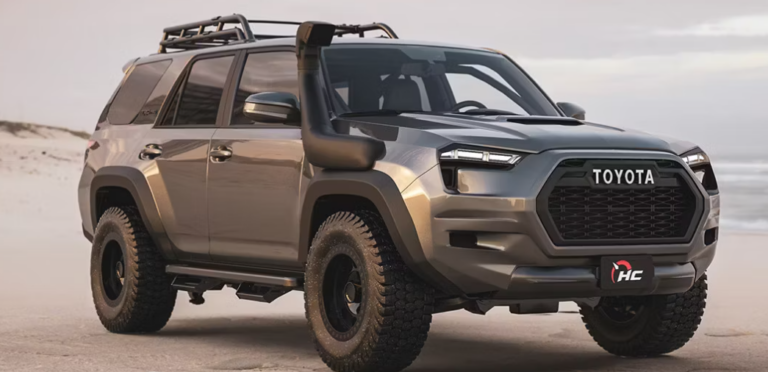


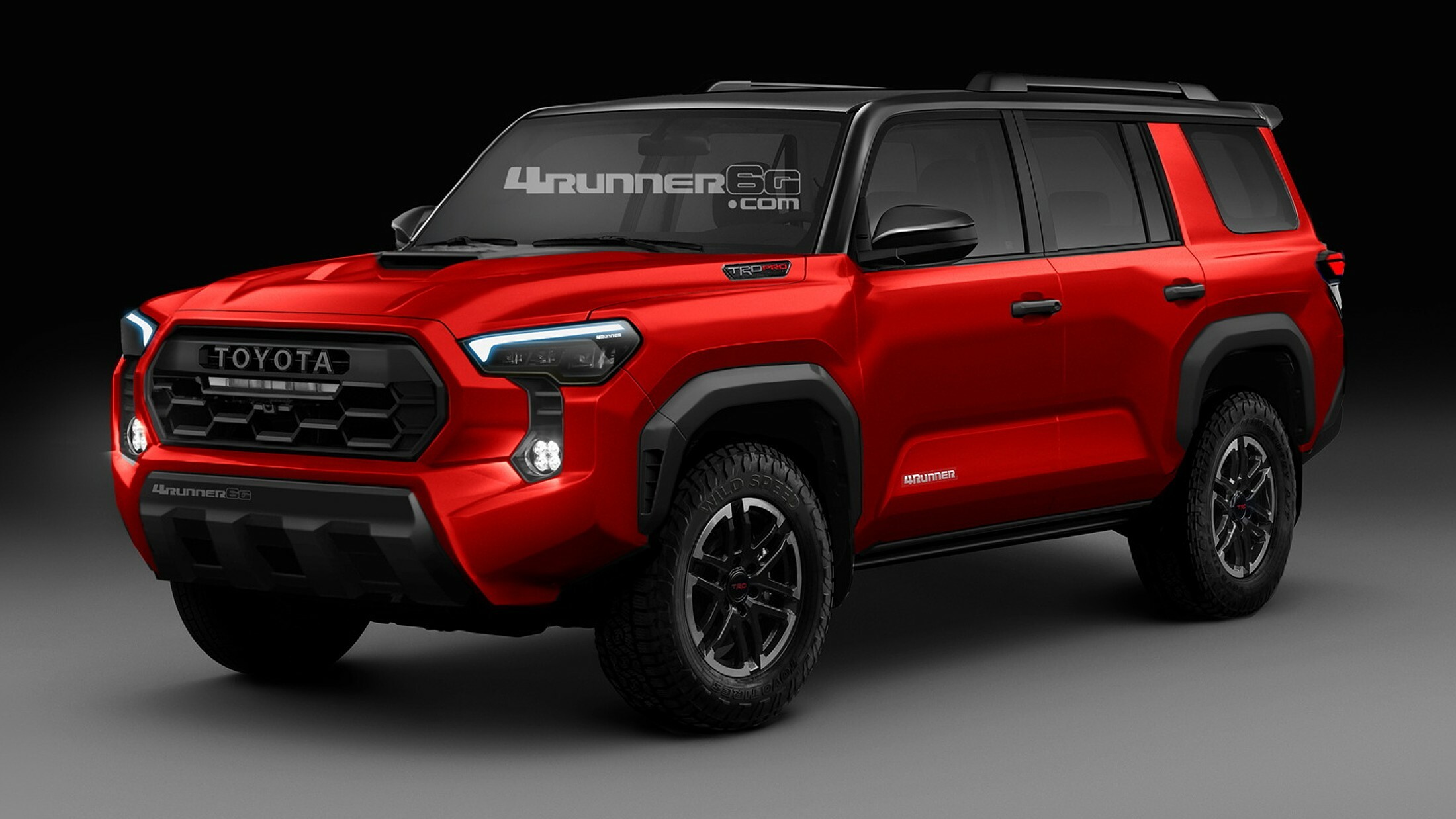
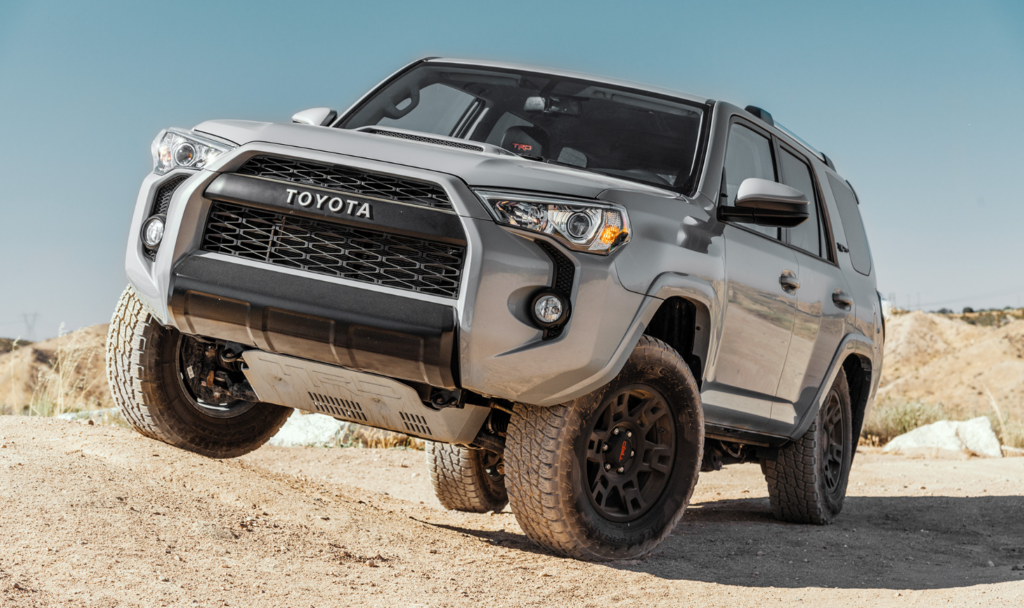


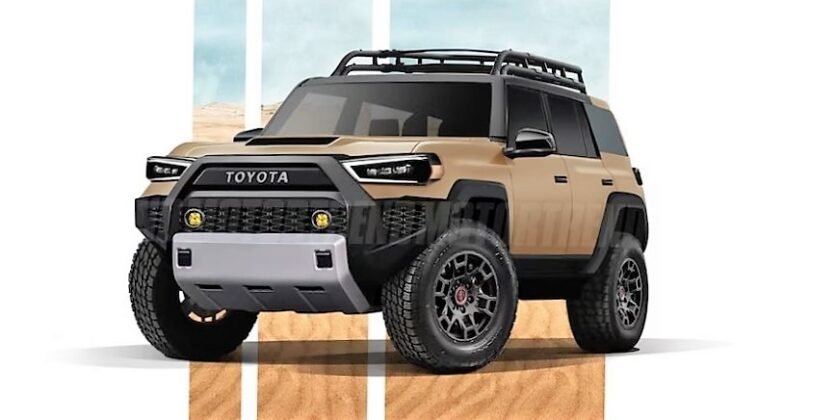
Closure
Thus, we hope this article has provided valuable insights into The 2025 Toyota 4Runner: A Look at the Future of Off-Road Capability. We hope you find this article informative and beneficial. See you in our next article!